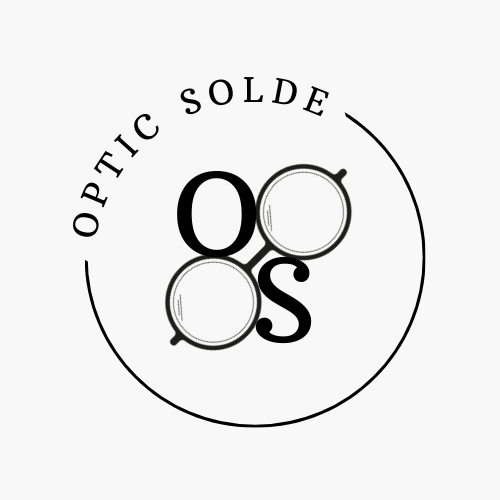Anti-Glare, Anti-Scratch, and More: Lens Coatings Explained
Our eyeglasses are our windows to the world, allowing us to see clearly and go about our daily activities with ease. However, these essential accessories can often be prone to scratches, smudges, and irritating glare from various light sources. Thankfully, advancements in technology have led to the development of lens coatings that address these issues and enhance the overall performance and durability of our eyewear. In this article, we will explore the most commonly used lens coatings, namely anti-glare and anti-scratch, and shed light on other coatings that can further enhance your visual experience.
1. Anti-Glare Coatings:
Glare is an optical phenomenon that occurs when unwanted light reflects off the surface of our lenses, creating annoying visual distractions and reducing visibility. Anti-glare coatings, also known as anti-reflective coatings, are designed to minimize these reflections and enhance the quality of vision. By eliminating or reducing glare, you can experience sharper, clearer, and more comfortable vision, particularly when driving at night or using digital screens.
Anti-glare coatings achieve this by minimizing the reflection of light off the front and back surfaces of your lenses. This significantly reduces eyestrain, fatigue, and even the appearance of halos or “ghost” images. Additionally, these coatings enable more light to pass through the lens, resulting in improved visual acuity and color perception.
2. Anti-Scratch Coatings:
Eyeglass lenses are susceptible to scratching due to daily wear and tear, such as accidental drops or contact with rough surfaces. Scratched lenses not only affect the clarity of your vision but can also lead to discomfort and irritation. Anti-scratch coatings provide a protective layer that can prevent minor scratches and abrasions, extending the lifespan of your eyewear.
These coatings are typically made of a clear, hard substance that creates a barrier between the lens and potential damage-causing elements. While they cannot guarantee complete scratch resistance, they do provide a significant level of protection that can help keep your lenses in better condition for longer.
Other Lens Coating Options:
Aside from anti-glare and anti-scratch coatings, there are various other lens coatings available to address specific needs and enhance your overall eyewear experience. Here are a few notable options:
– Water Repellent Coatings:
These coatings are designed to make lenses hydrophobic, preventing water or liquid droplets from adhering to the surface. This can be particularly useful during rainy weather, sports activities, or when your glasses come into contact with liquids.
– UV Protection Coatings:
While most eyeglass lenses inherently provide some level of UV protection, applying a specialized coating can enhance this aspect. UV protection coatings help block harmful ultraviolet rays, reducing the risk of eye damage and conditions such as cataracts or macular degeneration.
– Blue Light Filtering Coatings:
With the increasing use of digital devices, our eyes are constantly exposed to harmful blue light emitted from screens. Blue light filtering coatings are designed to selectively block or absorb these high-energy light wavelengths, reducing eye strain and potential long-term damage.
In conclusion, lens coatings play a crucial role in enhancing the durability, visual clarity, and overall performance of our eyewear. Anti-glare coatings minimize distracting reflections, while anti-scratch coatings offer a protective layer against potential damage. Additionally, coatings such as water repellent, UV protection, and blue light filtering provide additional benefits to suit specific needs. Choosing the right combination of lens coatings can significantly enhance your visual comfort, protecting both your eyes and your investment in eyewear.
